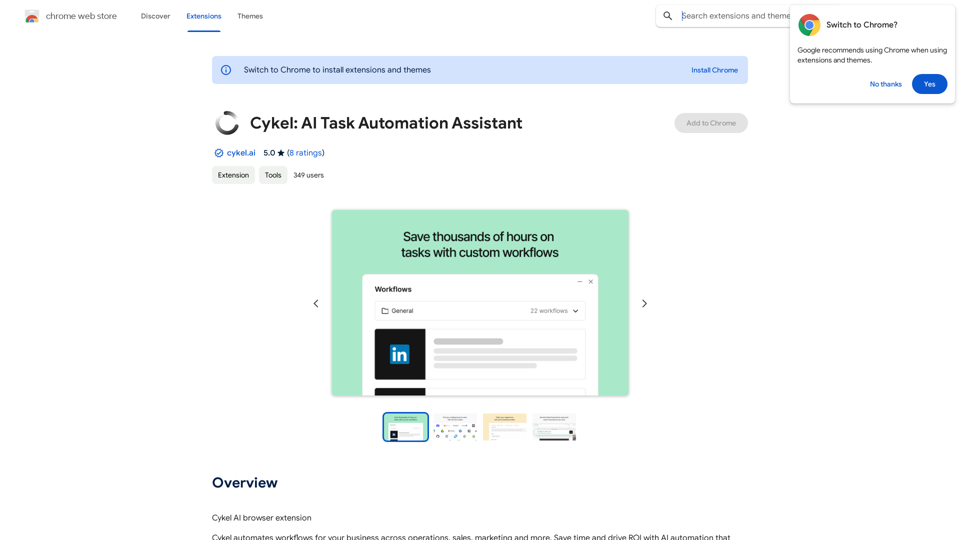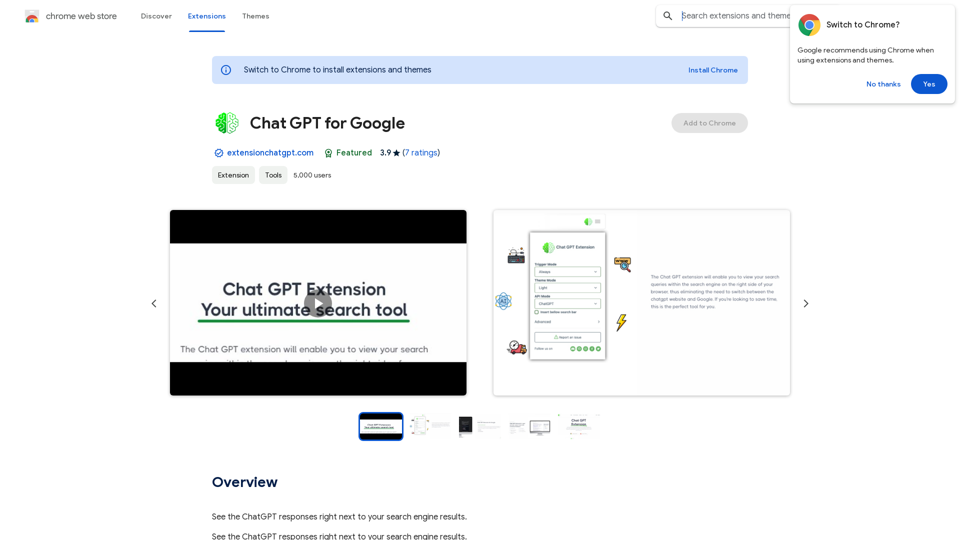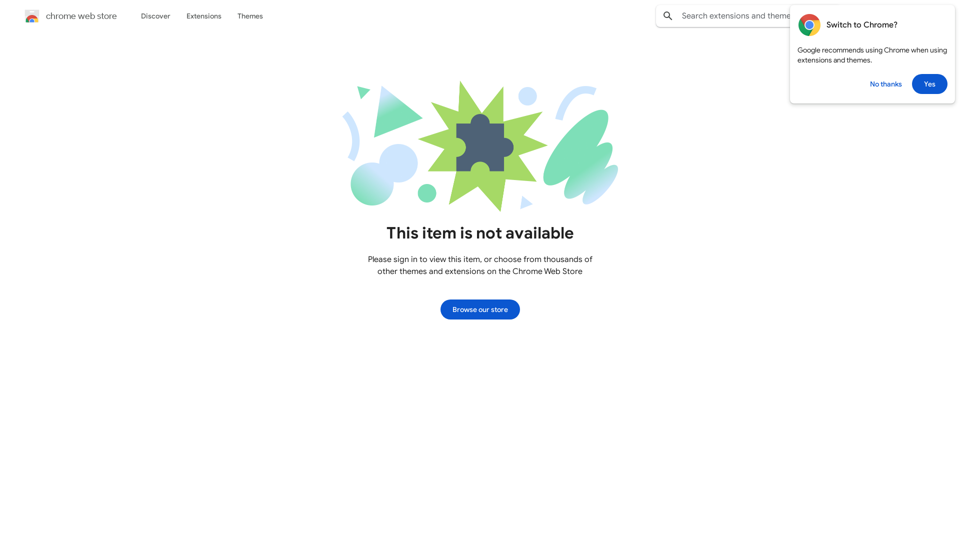Wallow is a cutting-edge platform designed to streamline product development by fostering team collaboration and efficient incident resolution. It offers real-time incident reporting and tracking, unified productspaces, and AI-driven analytics, making it an essential tool for product development teams aiming to enhance their workflow and productivity.
Wallow To roll or move about in a lazy, relaxed way, often in a pleasant or enjoyable manner.
Wallow streamlines digital product development with real-time incident tracking, team alignment, and integrated communication tools. Experience seamless collaboration and boost productivity with Wallow.

Introduction
Feature
Real-Time Incident Reporting and Tracking
- Immediate incident resolution
- Report and address problems as they arise
- Minimize downtime and ensure prompt resolutions
Collaborative Productspaces
- Dedicated workspaces for each product or project
- File storage & collaboration within specific contexts
- Daily summaries of active incidents
- Enhanced transparency and communication among team members
AI-Driven Insights
- Advanced analytics for valuable insights
- Understanding incident frequency and team sentiment
- Address recurring problems
- Improve workflow efficiency
User-Friendly Workflow
| Step | Action |
|---|---|
| 1 | Create Productspaces |
| 2 | Invite Team Members |
| 3 | Report Incidents |
| 4 | Collaborate & Resolve |
| 5 | Analyze & Improve |
Flexible Pricing Options
- Free plan available
- Affordable subscription options
- Demo requests available
FAQ
What is Wallow?
Wallow is a platform that streamlines product development by bringing teams together, ensuring incidents are resolved quickly and efficiently through real-time reporting, tracking, and collaborative features.
How does Wallow work?
Wallow operates by providing real-time incident reporting and tracking, unified productspaces for team collaboration, and AI-driven analytics to offer insights and improve processes.
What are the benefits of using Wallow?
The key benefits of using Wallow include:
- Increased efficiency in product development
- Improved team collaboration
- Enhanced productivity through streamlined workflows
- Quick incident resolution
- Data-driven insights for continuous improvement
Latest Traffic Insights
Monthly Visits
847
Bounce Rate
37.65%
Pages Per Visit
1.07
Time on Site(s)
0.00
Global Rank
7413486
Country Rank
-
Recent Visits
Traffic Sources
- Social Media:4.47%
- Paid Referrals:1.47%
- Email:0.37%
- Referrals:14.07%
- Search Engines:43.93%
- Direct:34.95%
Related Websites
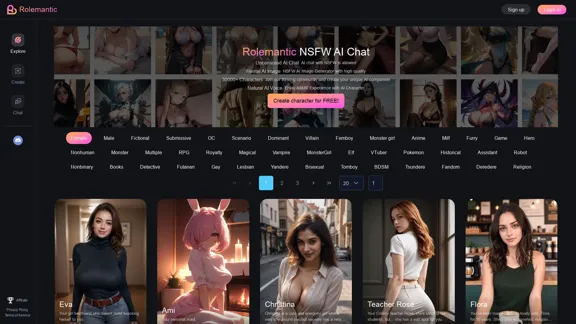
Rolemantic - NSFW Character AI Chat - NSFW Character AI Chat
Rolemantic - NSFW Character AI Chat - NSFW Character AI ChatExplore the fantasy realm of Rolemantic. Our unrestricted adult AI chatbot enables you to experience AI-powered flirtatious messaging, explicit conversations, and imaginative roleplaying at no cost.
1.03 K
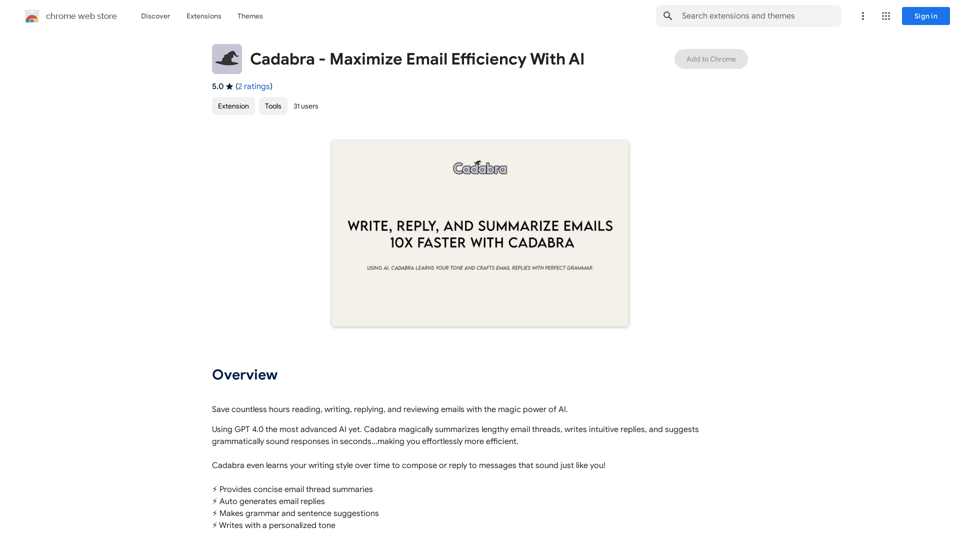
Save countless hours reading, writing, replying to, and reviewing emails with the power of AI.
193.90 M
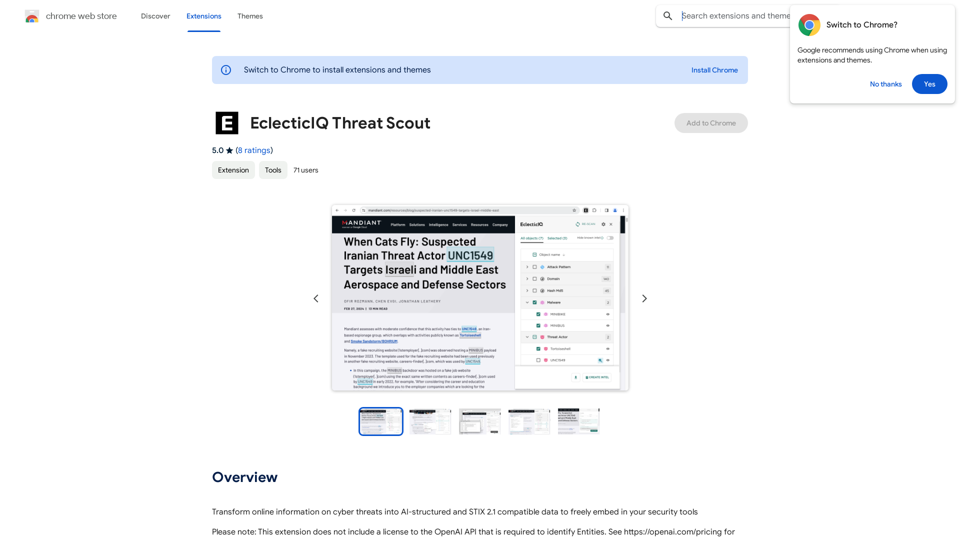
Turn information about online dangers into data that artificial intelligence can understand and use. This data will follow the STIX 2.1 standard, so you can easily include it in your security programs.
193.90 M
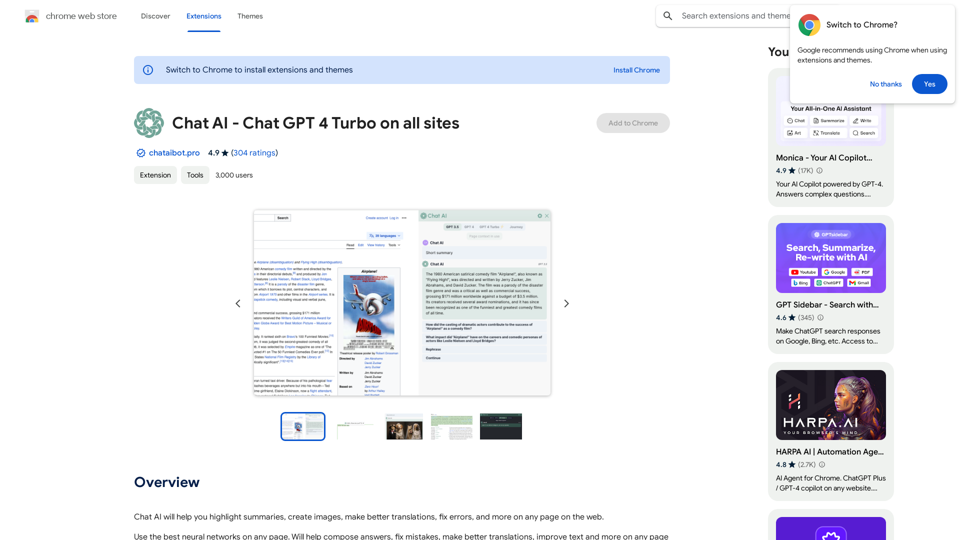
Universal Chat AI - Chat GPT 4 Turbo Accessible Across All Websites With the advent of advanced language models, we are proud to introduce the Chat AI - Chat GPT 4 Turbo, a revolutionary AI-powered chatbot designed to provide seamless and intelligent conversations across all websites. This innovative technology enables users to engage with a highly advanced language model, offering unparalleled conversational experiences. Key Features: * Omnipresent Accessibility: Chat GPT 4 Turbo is accessible across all websites, allowing users to interact with the AI chatbot from anywhere, at any time. * Enhanced Conversational Capabilities: Powered by cutting-edge language models, Chat GPT 4 Turbo understands and responds to user queries with unprecedented accuracy and context. * Seamless Integration: Effortlessly integrate Chat GPT 4 Turbo into any website, ensuring a unified and engaging user experience. Unlock the Power of Conversational AI: Experience the future of chatbots today with Chat AI - Chat GPT 4 Turbo. Discover how this groundbreaking technology can transform the way you interact with websites, providing unparalleled convenience, efficiency, and personalized experiences.
Universal Chat AI - Chat GPT 4 Turbo Accessible Across All Websites With the advent of advanced language models, we are proud to introduce the Chat AI - Chat GPT 4 Turbo, a revolutionary AI-powered chatbot designed to provide seamless and intelligent conversations across all websites. This innovative technology enables users to engage with a highly advanced language model, offering unparalleled conversational experiences. Key Features: * Omnipresent Accessibility: Chat GPT 4 Turbo is accessible across all websites, allowing users to interact with the AI chatbot from anywhere, at any time. * Enhanced Conversational Capabilities: Powered by cutting-edge language models, Chat GPT 4 Turbo understands and responds to user queries with unprecedented accuracy and context. * Seamless Integration: Effortlessly integrate Chat GPT 4 Turbo into any website, ensuring a unified and engaging user experience. Unlock the Power of Conversational AI: Experience the future of chatbots today with Chat AI - Chat GPT 4 Turbo. Discover how this groundbreaking technology can transform the way you interact with websites, providing unparalleled convenience, efficiency, and personalized experiences.Chat AI will help you highlight summaries, create images, make better translations, fix errors, and more on any page on the web.
193.90 M
